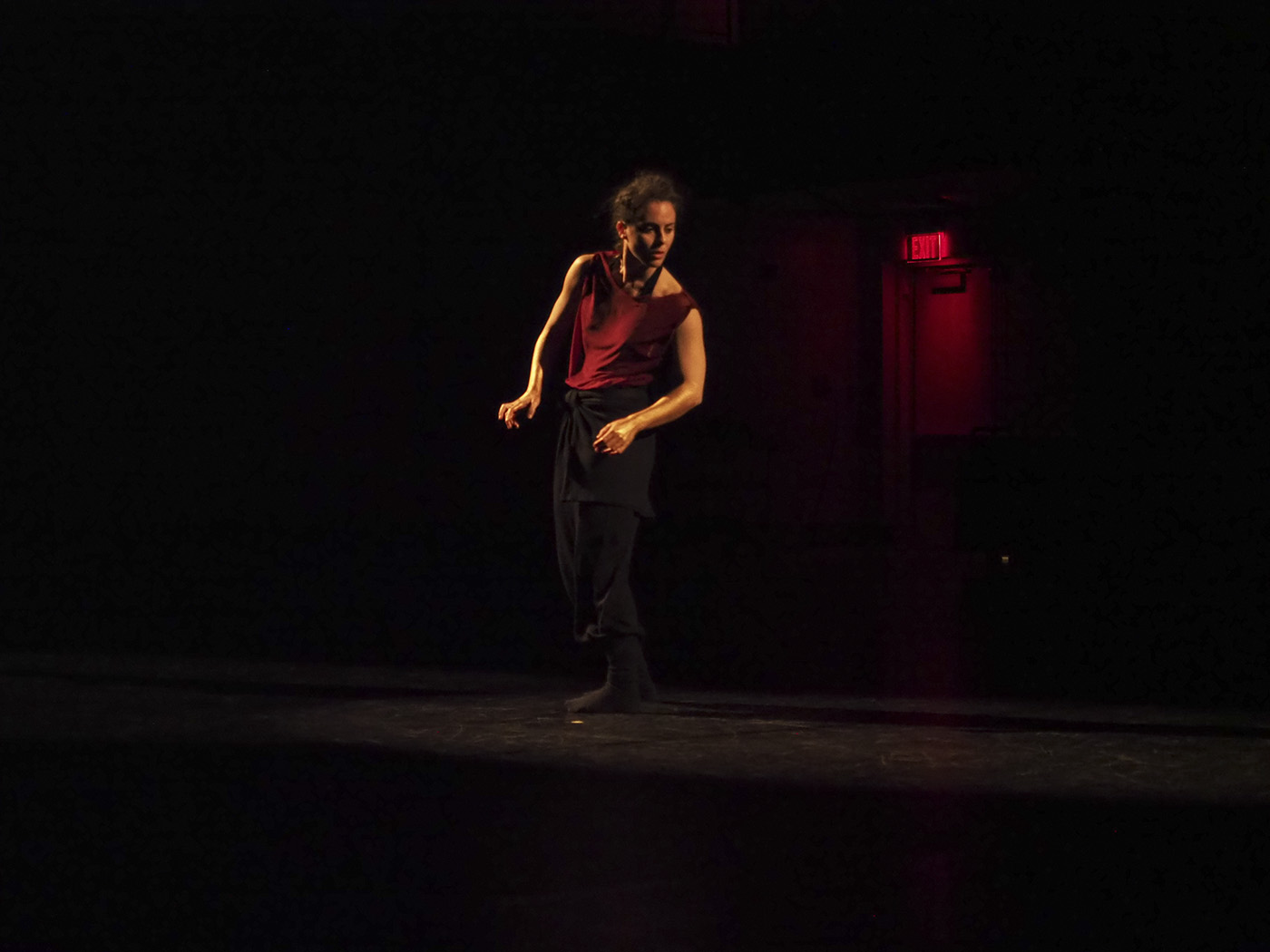Grad student’s thesis project explores hardships, liberation in short dance films

(Courtesy of Sophia Alexioui)
"Time to Dream"
May 13
Online
Free
By Anjika Friedman-Jha
May 12, 2021 7:23 p.m.
Marianna Varviani’s thesis project “Time to Dream” creates a dreamscape rooted in reality.
The MFA student and choreographer will premiere her project, which features a collection of seven short dance films, on Thursday. Varviani said the seven performers were given characters and tasked with embodying the struggle of acknowledging and liberating oneself from present-day hardships. In terms of inspiration, she said she looked to the possibility of a future without the pandemic and rampant crimes against people of color.
“Since reality as it is right now is not good or just, I found hope in thinking of a future different than the past and the present,” Varviani said. “I figured we need to imagine it and dream it into existence.”
[Related: Artists at Play hosts free virtual plays showcasing Asian American resilience]
Varviani said the choreography for “Time to Dream” is a language of movement, created through a collaboration between herself and her dancers despite the struggle of conceptualizing her vision entirely on Zoom. She said the pandemic not only influenced the themes present in her thesis but also resulted in the dancers meeting for the first time in person on filming day. Despite the virtual boundaries during rehearsals, Varviani said she was still able to draw from the memories and emotions her dancers exuded. She said she hoped the audience and the performers can each make a personal connection with the material.
“Sharing the embodied experience of oppression … is important because it is all around us,” Varviani said. “Hopefully from the group, peace, a sense of collective power and collective hope starts emerging for people because … it’s very much about people coming together.”
In terms of the specific details, Varviani said the set design, costumes and music were all carefully crafted to create a similar but different cityscape to Los Angeles. For example, she shot in locations with large concrete structures to juxtapose the enormity and brutality of the architecture with the much smaller dancers.
Similarly, the handcrafted costumes designed by theater students Eva Zapata and Shelby Wilcox use a palette of black, gray and burgundy to mimic concrete. Varviani said the rigidity in the fabric and futuristic silhouettes allow the dancers to express themselves despite any constraints of the costumes. Furthermore, she said the original score contains atmospheric melodies that accentuate movement to create a dynamic between the dance space and its dancers.
The production’s composer and fellow MFA student Yifeng Yuan said she created the score with a combination of her vocals, electronic sounds and world music, such as Indian raga music and Indonesian gamelan. Yuan said she hoped to use her singing to convey the tenderness of humanity being liberated from the stringent nonhuman electronic sounds. Her goal is for music and dance to work together to create an immersive experience.
“I want (the audience) to feel like they are being brought into a dream that starts with a lot of darkness … but then through this journey regain hope for the future,” Yuan said.
[Related: ‘Jupiter’s Legacy’ explores lives of superheroes, themes of power]
Due to the pandemic, she said the process of making music for this project was entirely different from a live performance, as the choreography came first and the music later. Since “Time to Dream” is a collection of films, Yuan said she was able to experiment with different musical styles in each piece while tying them together through the narrative of gaining power and liberation.
One of the performers and third-year dance student Tyler Law said the films demonstrate a distinct progression of events, beginning with chaos, proceeding into a neutral state and culminating in hope. Law said one section that stands out to her is during the “Raise This” score, in which Varviani transformed the raised fist symbol into a movement that tells a story about fighting against racial inequity. She said the cast of dancers all have their own experiences with societal injustices and through Varviani’s choreography, they were able to portray genuine thoughts and feelings.
“I definitely felt very empowered,” Law said. “Marianna gave us the general synopsis, but she also gave us the creative liberty to feel what we were feeling and put that into the storytelling.”
In her storytelling, Varviani said she used choreography to portray systemic issues, such as the whole cast uniformly doing the army step to convey the harshness and rigidity of authoritative oppressors. The rest of the solos show the characters embodying this oppression and are followed by the group piece of individuals organizing together to stand up for change.
“The dance allows us to explore our own bodies and our own ways that we can create change within ourselves and with the people around us,” Varviani said.


